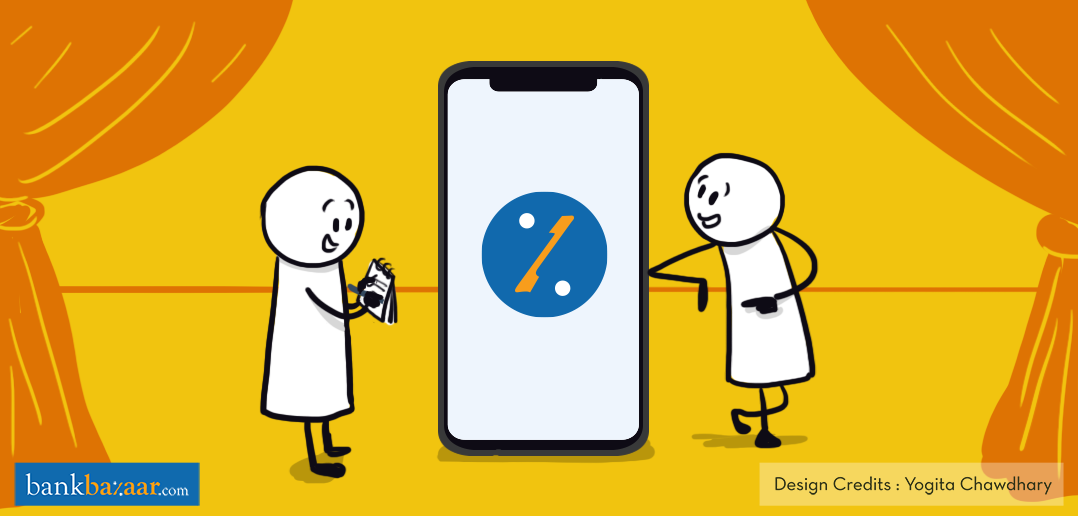UPI has revolutionized the way we transact. Here’s a piece on how it has managed to do so.

The 25th of August in 2016 was a significant day. It was the first time that Indian banks began publishing UPI-enabled apps to the Google Play Store. Since then, India’s payments landscape has changed dramatically. In the same year, the 8th of November was also an important date. It was the day that 86 percent of the world’s currency was demonetized. The 500 and 1000 rupee notes were no longer legal tender. The decision surprised the entire country, and it has been hotly debated ever since. People’s swift adoption of digital transactions, on the other hand, had a significant impact. According to an RBI document from March 2011, the average number of non-cash transactions per person was only six per year.
History of UPI
In the beginning, the number of non-cash transactions per person was only six per year a decade ago, according to a document published by the RBI. In 2011, just a small percentage of the approximately 10 million retailers expected card payments, according to the same paper and around 145 million households were not connected to the banking system. The disparity between cash-based and cashless purchases was startling. The government created the National Payments Corporation of India (NPCI) in April 2009 as a result of this background. The initiative was launched by the NPCI on April 11th, 2016, and UPI began in August.
Additional Reading: 25 Personal Finance Habits You Must Follow
How it works?
Unified Payments Interface (UPI) is an acronym that stands for “Unified Payments Interface”. It’s a more advanced version of IMPS, to put it that way. The UPI ID that is created, or which is also called the VPA (Virtual Payment Address) is the like an email ID. Each user must get their own and use it to locate other UPI users. That’s it, simply enter a UPI ID, VPA, or phone number, and you’re ready to transact with anyone on the network at any time. While it may appear easy on the surface, there are several procedures that work together to provide a seamless and fast consumer experience. The Payer App, such as GPay, Phone Pe, and so on, is the initial component. Users can make their own UPI handles with the apps. However, in order to facilitate transactions, these apps require assistance from banks. In a nutshell, UPI apps make transactions possible by utilising existing banking infrastructure. As a result, a sponsor bank is required for each UPI app. The National Payments Corporation of India, India’s regulating organisation, follows. This non-profit group maintains the integrity of the system. It ensures that data is not lost in transit between banks, UPI apps, and users. The issuing and receiving banks follow after this. The money is debited in the first case, and credited in the second.
Types of UPI payments?
There are two. Intent payment and collect. Intent is when the payer/sender initiates the transaction. Collect happens when the payee/receiver initiates the transaction.
Additional Reading: A New Era Of Lending: Is It Good Or Bad?
Benefits of UPI
The UPI system’s contactless nature is a significant benefit. Throughout the pandemic, its value has been emphasised even more. Combating the pandemic has relied heavily on the reduction of contact-based processes. Its popularity has expanded to include other financial products. Home Loans, Credit Cards, Personal Loans, all can be obtained through contactless process. Not only that, but it also minimises the logistical strain, resulting in faster operations. When it comes to time consumption, combining many banking procedures into a single system dramatically reduces the amount of time necessary to complete the processes. Someone can send money to you or vice versa simply by knowing your UPI ID or phone number. There’s no need to look for IFSC codes anymore! For accounts that receive money frequently, there’s more to the accessibility section. For example, the neighborhood panipuri wala, he can generate a QR code for himself. So, whenever you pay him a visit, all you have to do is scan his QR code and make a payment without having to type in his phone number or his address. Get rid of the need to fill in the details. Above all, each and every transaction is tracked and recorded.
Data on UPI
Take, for example, the recent holiday season. More than 60% of customers made multiple digital payments each week during the weeks when ecommerce sites offered discounts. According to You Gov and ACI Worldwide research, the number of consumers who make digital payments often (2-3 times per week) has increased. Digital payments were chosen by 41% of respondents above cash (26%) and debit and credit card payments (23 percent). In comparison to Rs. 3.86 lakh crore in October 2020, the UPI transaction volume has more than doubled year on year. When compared to 207 crore a year earlier, the transaction’s value has more than doubled. UPI transactions hit a record high of Rs. 7.7 lakh crore in October 2021.
Additional Reading: Lost Your Credit Card? Here’s What You Can Do
Financial products are becoming easier to obtain as technology, processes, and procedures advance. Apply for a credit card from the comfort of you own home, with the least amount of inconvenience and the highest level of security.